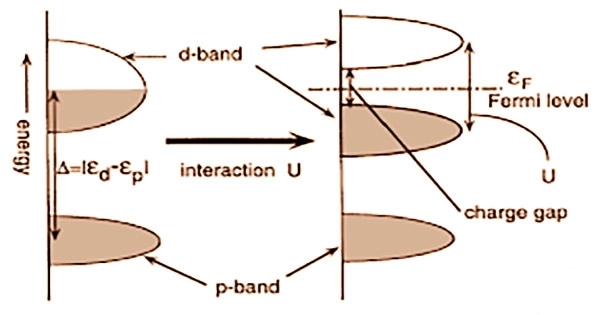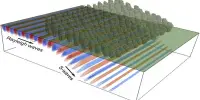Superconductivity, in which electrical resistance reduces and current continues without power, is a unique feature that enables MRI machines and particle accelerators, although it has restricted applicability due to temperature-based limits. Superconductivity begins at temperatures much below freezing, but when the temperature rises, the electrical resistance returns abruptly, causing the system to fail.
Strong magnetic fields beyond a specific critical value, depending on the material, cause a superconductor to return to its normal, or nonsuperconducting, state, even if the material is kept well below the transition temperature, limiting its usage in magnets. If superconductivity can be maintained at normal temperatures, the possibilities for enhanced electronics, energy storage, and sustainability are endless.
A multidisciplinary team may have made the first step toward achieving the control required to induce superconductivity at room temperature. On October 7, 2021, they reported their findings in Nature Communications.
To functionalize such a complex phase a two-dimensional charge-density wave in a Mott insulator it is essential to enhance the transition temperature.
Takafumi Sato
The researchers looked at a transition metal dichalcogenide comprised of one tantalum atom and two selenium atoms (1T-TaSe2), led by Takafumi Sato, professor at Tohoku University’s Advanced Institute for Materials Research (WPI-AIMR).
This form of metal is very thin at the atomic level and has the unusual property of changing from metal to nonmetal in condensed matter. It may be converted from an electrically conductive to an electrically resistant material by manipulating its atomic and electron interactions, which is known as a Mott insulator.
“The interplay among electron correlation, dimensionality, and appearance of various quantum phases is a long-standing issue in condensed-matter physics,” Sato said, noting that Mott physics and superconductivity appear to be directly related, but experimental exploration has been difficult.
The electrons in Mott insulators exhibit significant interactions. In partially filled systems, these interactions, known as the Coulomb force, surpass the bandwidth between electrons and atoms. A charge-density-wave, which consists of highly structured, flowing electrons capable of conductivity, can promote this unusual behavior in 1T-TaSe2.

“To functionalize such a complex phase a two-dimensional charge-density wave in a Mott insulator it is essential to enhance the transition temperature,” Sato said.
Mott insulators are gaining popularity in advanced physics research, although they are still poorly understood. They’re used in thin-film magnetic heterostructures and strongly correlated phenomena in superconductivity at high temperatures, for example.
The researchers discovered that the incredibly thin insulator seemed to rearrange its components into a Star of David pattern using spectroscopic methods to investigate how energy and movement shift in the material. The arrangement, which looked to be the outcome of the target complex phase, appeared to rely on bandwidth management by producing stronger contacts between electrons in order to keep them in a more ordered state.
The hypothesis of superconductivity has been put to the test in a variety of experiments, including ultrasonic absorption, nuclear spin phenomena, low-frequency infrared absorption, and electron tunneling. More importantly, the arrangement appeared to tolerate greater temperatures and attempts to stimulate the particles into a new structure, according to Sato.
“We discovered a unique, purely two-dimensional Mott insulator phase, which is extremely robust against various perturbations such as heating and photoexcitation,” Sato said. “This is in sharp contrast to the Mott insulator phase of bulk 3D materials, where the Mott phase can be easily destroyed by such perturbations.”
The researchers also looked at the complicated Mott insulator phase in a monolayer transition metal dichalcogenide with one niobium atom and two selenium atoms. They discovered that by lowering electron interlayer hopping, this one’s usual lattice configuration was likewise warped into a Start of David arrangement.
While the complex phase began at extremely low temperatures, Sato claims that it appeared to continue as the material was heated up to 450 Kelvin, which is substantially higher than ambient temperature.
“The present result lays the foundation for realizing monolayer charge-density wave-Mott insulator-based devices operating at room temperatures,” Sato said. “Our discovery may open pathways toward realizing functional ultrathin Mottronics devices the next-generation electronics based on Mott insulators.”
The researchers want to use external techniques, such as an electric field, to better regulate the complex phase, as well as look for comparable exotic quantum features in other transition metals.
“This work is only possible because of our international collaboration among Taiwan, China, and Japan,” Sato said. “Such collaboration, including the combination of our various spectroscopic techniques, played an essential role for our discovery.”
















